NGC 7293 - Helix Nebula
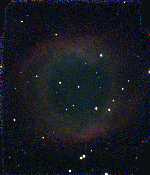 |
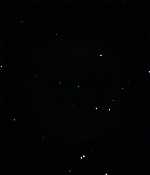 |
| Imax=10 | Imax=100 |
Starshoot DSCI, 209 exposures, 10s each 9/18/09 Lake San Antonio, CA
This object was unexpectedly difficult to photograph with my setup due to its large size and low surface brightness. We could see it visually but not easily. For the imaging, it was not possible to fit the entire ring into the camera field of view, so it was necessary to pan around during the course of the many 10s exposures. But the main problem here is the readout noise in the camera is limiting my ability to capture such faint objects. This is good motivation to get a guiding setup working, to allow longer exposures. The (very hot) central star has a distinct blue color as seen in the right-most image.
NGC 7293 - Helix Nebula
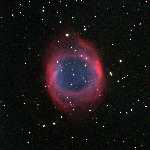 |
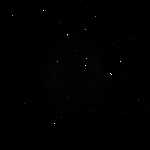 |
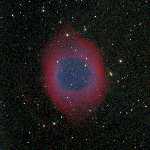 |
| Imax=1.1 | Imax=30 | Nonlinear |
ST-4000XCM, 1451s total exposure 7/8/13 Adin, CA
Under the dark skies at Adin, this large, diffuse planetary nebula was not difficult to see visually. It is located in a rather sparse area of the sky, so it took a while to find a bright enough star for the guiding CCD. The tracking was not great (wind problems?) but this is still an improvement over the previous attempt, since the new camera allows the entire nebula to fit into a single field of view. Note the deep blue color of the central star.
NGC 7293 - Helix Nebula
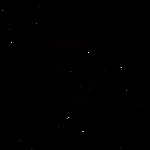 |
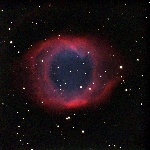 |
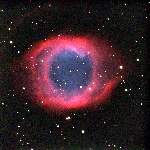 |
| Imax=40 | Imax=1 | Imax=0.50 |
SBIG ST-4K, 1800s total exposure 9/23/22 Lake San Antonio, CA
The Helix Nebula is a very large but diffuse planetary nebula in Aquarius. Here I was trying to improve on my previous attempt that suffered from both a low altitude and wind problems. For this attempt, the altitude was again very low, but at least there was no wind. There appears to be a slowly moving object at about the 10 o'clock position.